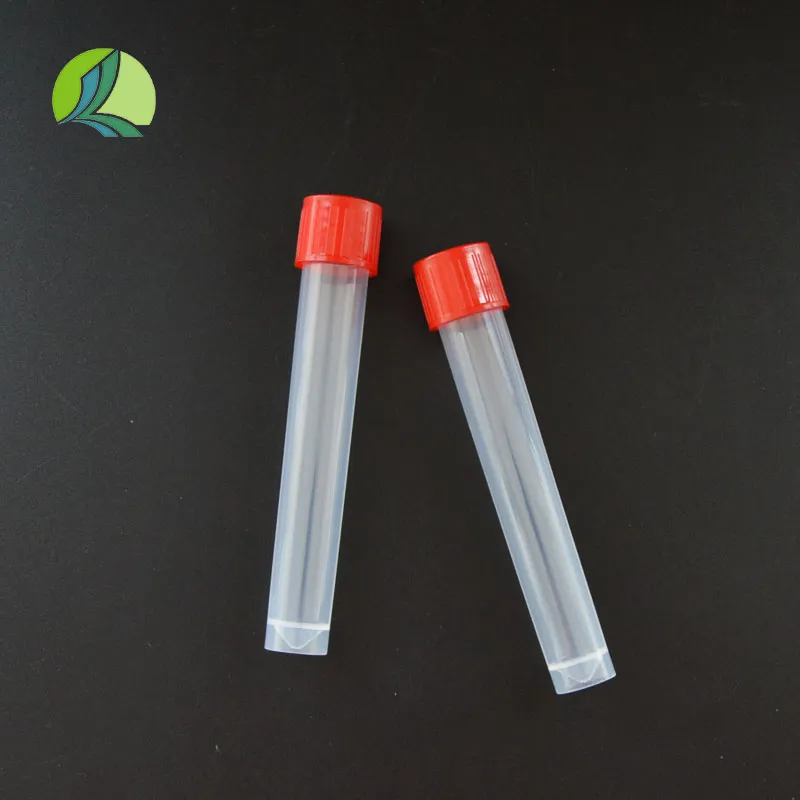polarimeter sample tube
Understanding the Polarimeter Sample Tube A Key Component in Optical Activity Measurement
The polarimeter is an essential instrument in the realm of chemistry and biochemistry, utilized mainly for measuring the optical activity of substances. Optical activity refers to the ability of chiral substances to rotate the plane of polarized light, a property that has significant implications in various fields, including pharmaceuticals, food and beverage, and academic research. At the heart of the polarimeter lies a crucial component the sample tube, which plays a fundamental role in determining the optical rotation of a sample.
What is a Polarimeter?
A polarimeter works on the principles of polarized light and optical rotation. When plane-polarized light passes through a chiral substance, its direction is altered based on the nature of the molecule, the concentration of the solution, and the path length through which the light travels. The amount of rotation is measured in degrees and is indicative of the concentration of optically active compounds present in the sample. This measurement is particularly important when assessing the purity of substances or when determining concentrations in various solutions.
The Role of the Sample Tube
The sample tube, often referred to as a sample cell or polarimeter tube, is a specifically designed vessel that holds the sample while light passes through it. It is typically made of glass or quartz, with the latter being preferable for solutions that absorb light in the visible spectrum, as quartz can transmit light in a broader range of wavelengths.
1. Dimensions and Design
Sample tubes come in various lengths, usually ranging from 1 to 10 decimeters. The length of the tube is critical, as it directly influences the path length of the polarized light. A longer path length generally enhances the sensitivity of the measurement, allowing for the detection of smaller concentrations of optically active substances. However, the choice of length must also consider the concentration of the solution, as excessively concentrated samples may lead to inaccuracies due to light absorption.
polarimeter sample tube

The clarity of the sample tube material is vital. Any impurities or scratches on the surface can scatter light and lead to erroneous readings. High-quality quartz tubes are often used for polarimetric analysis due to their excellent optical properties and resistance to chemical damage. Additionally, the internal surface of the tube must be smooth to minimize light diffraction that can interfere with measurements.
3. Temperature Control
Temperature can significantly affect the optical rotation of a substance. As such, many polarimeters are equipped with a means of temperature control, including water jackets that surround the sample tube, ensuring that the temperature of the sample remains constant throughout the measurement process. This control is especially critical in instances where the substances being measured exhibit significant thermal sensitivity.
Preparing the Sample
For accurate measurements, proper sample preparation is essential. The sample must be dissolved in a solvent that does not interfere with its optical activity, and the concentration of the analyte must fall within the range suitable for the polarimeter used. Typically, a series of standard solutions with known concentrations are prepared, allowing for the calibration of the polarimeter before analyzing unknown samples.
Applications of Polarimeter Sample Tubes
The applications of polarimeter sample tubes are extensive. In the pharmaceutical industry, they are used to ensure the purity of drug substances by measuring their optical rotation and thus confirming the identity of the compound. In the food and beverage sector, polarimeters are crucial for quality control, particularly in the analysis of sugars and other optically active ingredients. Academic researchers utilize polarimeter sample tubes for fundamental studies in chiroptical properties, contributing to the understanding of molecular interactions and behaviors.
Conclusion
The polarimeter sample tube is more than just a container—it's a pivotal element in optical measurements that bridge theory and practical application across various scientific domains. Understanding its design, function, and preparation methods enriches the ability of researchers and industry professionals to leverage optical activity as a reliable parameter in their work. As technology advances, the continued refinement of sample tubes and related instrumentation will no doubt enhance the capabilities and accuracy of optical measurements critical in modern science.
-
Aesthetic Makeup Spray Bottles | Fine Mist Empty RefillableNewsAug.19,2025
-
White Plastic Veterinary Vaccine Vials | Lab Liquid BottlesNewsAug.18,2025
-
Plastic Medicine Liquid Bottle: Secure Flip Top Drug VialsNewsAug.17,2025
-
Durable 250ml Blue Plastic Vaccine Vial for Lab & Vet UseNewsAug.16,2025
-
Sterile Virus Sample Tubes: Secure & Reliable Specimen CollectionNewsAug.15,2025
-
White 250ml Plastic Vaccine Vial for Lab & Vet MedicineNewsAug.14,2025
























